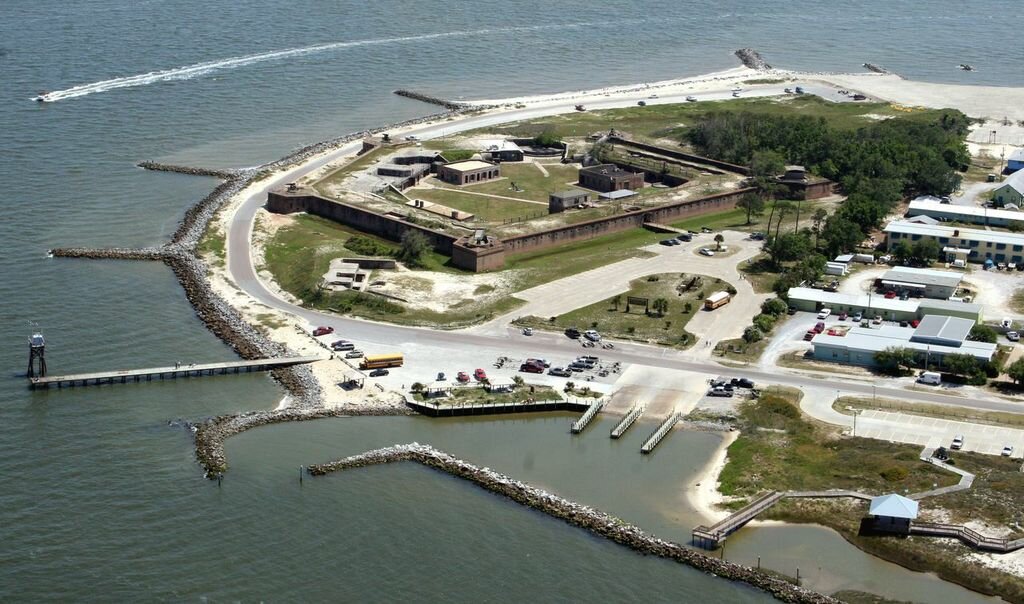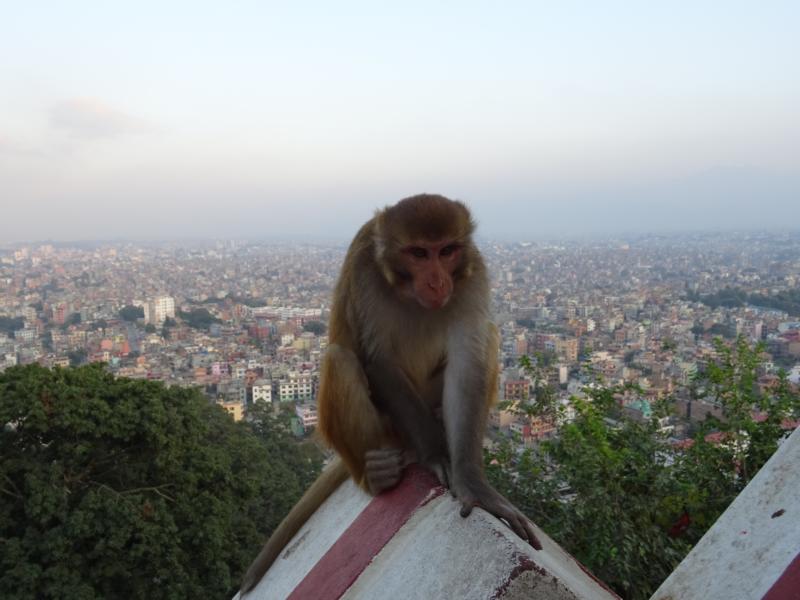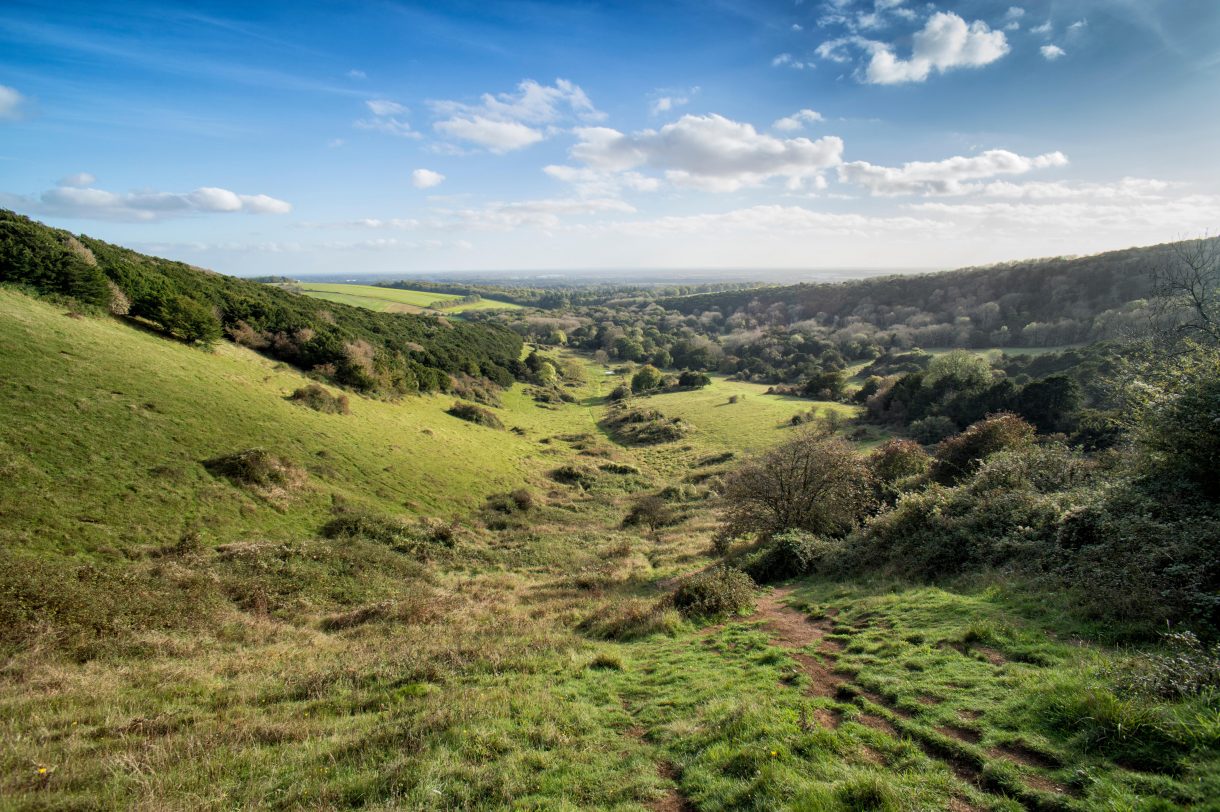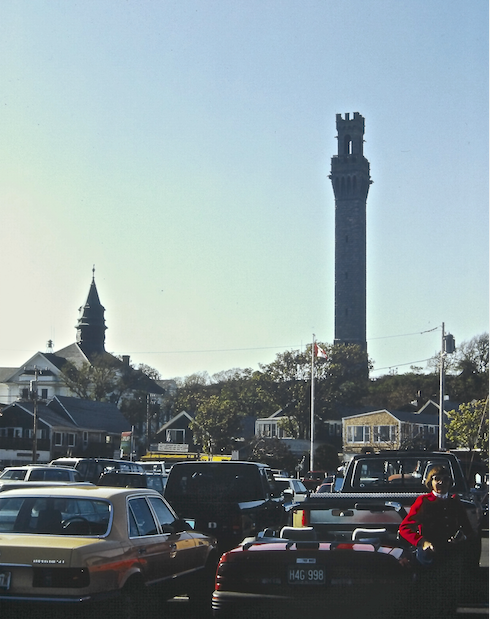Esperance, Western Australia?
You are using an out of date browser. It may not display this or other websites correctly.
You should upgrade or use an alternative browser.
You should upgrade or use an alternative browser.
Name That Skyline - Picture Game
- Thread starter arnobg
- Start date

Help Support Homebrew Talk:
This site may earn a commission from merchant affiliate
links, including eBay, Amazon, and others.
- Joined
- Oct 13, 2020
- Messages
- 454
- Reaction score
- 296
Nope. Not anywhere near Australia.Esperance, Western Australia?
- Joined
- Oct 13, 2020
- Messages
- 454
- Reaction score
- 296
But you’re on to something already…
Lake Retba, Senegal
- Joined
- Oct 13, 2020
- Messages
- 454
- Reaction score
- 296
Yes, Lake Retba, or Lac Rose, in the surroundings of Dakar, Senegal. You’re on @3 Dawg Night.Lake Retba, Senegal
Are we done with bodies of water already?
Heh. I googled "pink lake," and your exact picture was on the first site that came up.
OK, at least one more body of water.

OK, at least one more body of water.


$53.24
1pc Hose Barb/MFL 1.5" Tri Clamp to Ball Lock Post Liquid Gas Homebrew Kegging Fermentation Parts Brewer Hardware SUS304(Liquid MFL)
yunchengshiyanhuqucuichendianzishangwuyouxiangongsi

$33.99 ($17.00 / Count)
$41.99 ($21.00 / Count)
2 Pack 1 Gallon Large Fermentation Jars with 3 Airlocks and 2 SCREW Lids(100% Airtight Heavy Duty Lid w Silicone) - Wide Mouth Glass Jars w Scale Mark - Pickle Jars for Sauerkraut, Sourdough Starter
Qianfenie Direct

$22.00 ($623.23 / Ounce)
AMZLMPKNTW Ball Lock Sample Faucet 30cm Reinforced Silicone Hose Secondary Fermentation Homebrew Kegging joyful
无为中南商贸有限公司

$58.16
HUIZHUGS Brewing Equipment Keg Ball Lock Faucet 30cm Reinforced Silicone Hose Secondary Fermentation Homebrew Kegging Brewing Equipment
xiangshuizhenzhanglingfengshop

$53.24
1pc Hose Barb/MFL 1.5" Tri Clamp to Ball Lock Post Liquid Gas Homebrew Kegging Fermentation Parts Brewer Hardware SUS304(Liquid Hose Barb)
Guangshui Weilu You Trading Co., Ltd

$20.94
$29.99
The Brew Your Own Big Book of Clone Recipes: Featuring 300 Homebrew Recipes from Your Favorite Breweries
Amazon.com

$176.97
1pc Commercial Keg Manifold 2" Tri Clamp,Ball Lock Tapping Head,Pressure Gauge/Adjustable PRV for Kegging,Fermentation Control
hanhanbaihuoxiaoshoudian

$479.00
$559.00
EdgeStar KC1000SS Craft Brew Kegerator for 1/6 Barrel and Cornelius Kegs
Amazon.com
Dauphin Island?Heh. I googled "pink lake," and your exact picture was on the first site that came up.
OK, at least one more body of water.
View attachment 748310
Fort Gaines.
Right on, @Miraculix! I chaperoned a middle-school field trip recently to the Dauphin Island Sea Lab, which is the group of buildings to the right of Ft. Gaines. We took a research vessel out into the Gulf of Mexico and trawled for fish. We caught fish, shrimp, jellies, and a stingray. The kids had a blast!
You're up, @Miraculix!
You're up, @Miraculix!
Jakarta, Indonesia?
NickTheGreat
Well-Known Member
- Joined
- Apr 17, 2012
- Messages
- 1,291
- Reaction score
- 531
I see a Monkey. It must mean Austin, TX, University of Texas
Jakarta, Indonesia?
No, but correct continent.
- Joined
- Oct 13, 2020
- Messages
- 454
- Reaction score
- 296
Jaipur, India
dirkomatic
Well-Known Member
Looks like a Formosan Rock Macaque... Taiwan. I'll guess Taipei.
But probably just a Rhesus Macaque, which doesn't narrow it down as much
But probably just a Rhesus Macaque, which doesn't narrow it down as much
- Joined
- Oct 13, 2020
- Messages
- 454
- Reaction score
- 296
Lopburi, Thailand.
Batu Caves, KL, Malaysia?
Ok, spot on, that is correct. My favourite country on this planet, standing in my favourite city on this planet and it is actually my favourite place on this planet. Can you guess where I am standing? (you are up anyway @McMullan ...).That narrows it down. Kathmandu, Nepal?
- Joined
- Oct 13, 2020
- Messages
- 454
- Reaction score
- 296
Or all of these… they’re coming after us!I am afraid, none of these.
Forbidden City, Planet of the Apes - joining two different threads, Name that Skyline and the Movie Name Game
Brilliant mate! Swoyambhu stupa, overlooking Kathmandu valley.Swayambhunath?
McMullan
wort maker
- Joined
- Dec 22, 2015
- Messages
- 2,566
- Reaction score
- 3,461
Well, I wasn’t expecting that so soon. Days with clues, I reckoned. Well done, @D.B.Moody! You must have trodden the paths. You’re up.
Kingley Vale, one of the finest natural yew (Taxus baccata) groves on the South Downs; one of the finest in Europe, if not the world. Once used by the British army for target practice. They turned their artillery on the peaceful giants and blew many to smithereens. Arthur Tansley appreciated Kingley Vale as something ecologically valuable and fiercely lobbied the government. It was made Britain’s first protected natural area, thanks to Tansley. The yew, revered throughout history since before Christianity, thrives on the chalk downland; where it’s prospered best since the end of the last ice age. One of my favourite places on the South Downs. I surveyed the South Downs yew years ago - along with the village pubs - and never stopped returning to Kingley Vale. I met my wife there. We picnicked and made love there. Our children played there. And the dog enjoyed her early Sunday morning walks in the mists there. Summer before the virus was our last visit. I sensed something was wrong. It was sick. A dumb management practice prescribed ignorantly by a jobsworth? Climate change? Air pollution? Imported pest? Too many visitors? Boris Johnson? Who knows? All I know is that when we let this kind of thing happen we wish for the world to end. Maybe the neoliberal world today doesn’t deserve its Kingley Vales. We’ll see.
Edit: It's difficult to do it the justice it deserves, but this captures some of it. I'd view the legends, tall stories including the yew tax, with a little scepticism. Analysis of the pollen record shows it's been a stable (climax) ecological community on the chalk downland since the end of the ice age and elements of it survived in refugia on the steep slopes of the Downs, which can't be managed, and now protected areas.
Kingley Vale, one of the finest natural yew (Taxus baccata) groves on the South Downs; one of the finest in Europe, if not the world. Once used by the British army for target practice. They turned their artillery on the peaceful giants and blew many to smithereens. Arthur Tansley appreciated Kingley Vale as something ecologically valuable and fiercely lobbied the government. It was made Britain’s first protected natural area, thanks to Tansley. The yew, revered throughout history since before Christianity, thrives on the chalk downland; where it’s prospered best since the end of the last ice age. One of my favourite places on the South Downs. I surveyed the South Downs yew years ago - along with the village pubs - and never stopped returning to Kingley Vale. I met my wife there. We picnicked and made love there. Our children played there. And the dog enjoyed her early Sunday morning walks in the mists there. Summer before the virus was our last visit. I sensed something was wrong. It was sick. A dumb management practice prescribed ignorantly by a jobsworth? Climate change? Air pollution? Imported pest? Too many visitors? Boris Johnson? Who knows? All I know is that when we let this kind of thing happen we wish for the world to end. Maybe the neoliberal world today doesn’t deserve its Kingley Vales. We’ll see.
Edit: It's difficult to do it the justice it deserves, but this captures some of it. I'd view the legends, tall stories including the yew tax, with a little scepticism. Analysis of the pollen record shows it's been a stable (climax) ecological community on the chalk downland since the end of the ice age and elements of it survived in refugia on the steep slopes of the Downs, which can't be managed, and now protected areas.
Last edited:
dirkomatic
Well-Known Member
So, in Canada or is that a red herring?
Similar threads
- Replies
- 45
- Views
- 4K
- Replies
- 163
- Views
- 14K
- Replies
- 252
- Views
- 22K
- Replies
- 337
- Views
- 29K
- Replies
- 157
- Views
- 18K
































